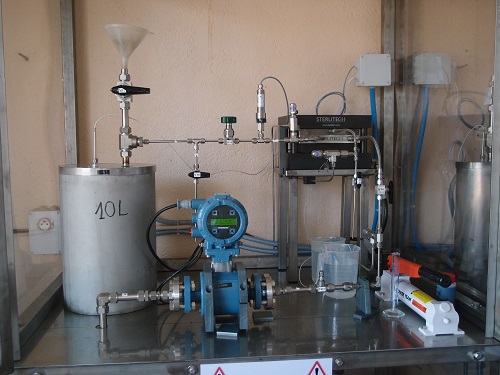
Purification of effluents via membrane separation
An innovative process to purify your wastewater or effluent
-
Historically, the treatment and/or purification of an effluent was carried out by classical physico-chemical processes such as adsorption, precipitation, ion exchange, etc. Separation of dissolved species of different sizes (e.g.: Na+ and UO22+) were only feasible through the above processes. To achieve the final goal, the different steps of the process could be complex and costly. Direct separation of two dissolved species was not possible by filtration, which consisted of separating only a liquid and a solid phase.
-
The membrane process is a relatively recent technology developed since the middle of the 20th century. New developments in the fields of materials science and engineering have led to the development of research on the subject. The principle is relatively simple: a supply solution comes into contact with a semi-permeable membrane, which acts as a filter. Large particles are retained, smaller elements pass through it. This process allows the separation of many elements of very different sizes. Particles of a few hundred µm by microfiltration with ions in the order of 2-3 Å by reverse osmosis. Thus, over the past ten years, many industrial separation processes have emerged in the mining, pharmaceutical, effluent treatment and drinking water treatment sectors... Aware of the prospects in this field, CIME has developed this process in all possible fields of application.
- Study of the process from laboratory to pilot scale
- Several test formats: from 100 mL to 1 m3
- Mobile pilot to work on site (20-foot container)
-
- Reduced consumption of reagents
- Solution purification
- By-product recovery
- Process simplification
-
-
-



